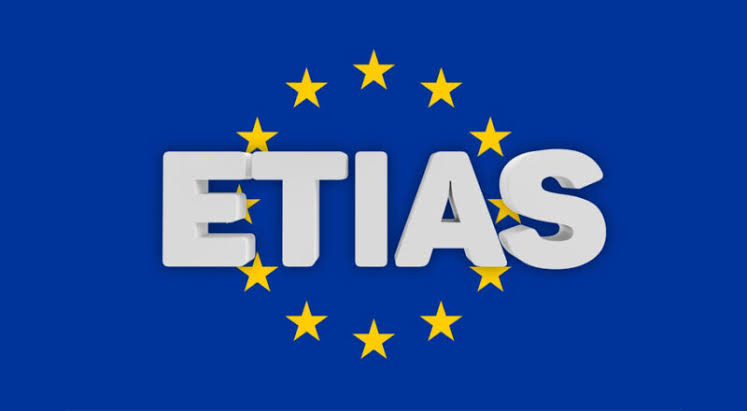year from now, travelers from over 60 countries worldwide, who can currently visit the Schengen Area without a visa, will need to apply for a travel authorization to enter any of the Member States.
The European Travel Information and Authorisation System (ETIAS), despite several postponements, is now set to launch in May 2025. As the implementation date approaches, travelers are understandably curious about how ETIAS will affect them.
To clear up any confusion, we’ve compiled the top ten things you need to know about ETIAS before it goes live.
- ETIAS Is Not a Visa: Despite early media reports, ETIAS is not a visa. It’s a visa waiver pre-screening program for travelers under the EU visa-free program. This means that nationals of over 60 countries, including Britons, Americans, Kiwis, Albanians, and Bosnians, can continue visiting the Schengen Zone without a traditional visa.
- Official ETIAS Website: The legitimate ETIAS website is hosted under the “europa.eu” domain. Be cautious of other websites claiming to be official or offering intermediary services, as they may not be legitimate.
- No Impact on Schengen Visa Holders: If you already require a Schengen visa to visit the Schengen Area, ETIAS won’t affect you. However, if a country gains visa liberalization after ETIAS is implemented, travelers from that country will need ETIAS instead of a Schengen visa.
- Not a “Brexit Revenge”: ETIAS was not created as a response to Brexit. It’s a security measure designed to manage borders more effectively and enhance security in the wake of migration waves and terrorist threats.
- Global Precedents: Many countries, including the United States, Australia, and Canada, have similar systems in place. The U.S., for example, has the Electronic System for Travel Authorization (ESTA) for travelers under its Visa Waiver Program (VWP).
- Quick Application Process: Applying for ETIAS is much simpler than obtaining a visa. It typically takes only about ten minutes to fill out the required information, upload your passport scan and photo, and complete the process.
- Affordable Fee: Contrary to some sensationalized claims, ETIAS is budget-friendly. The application fee is only €7, significantly cheaper than similar travel authorizations in other countries. Additionally, your ETIAS remains valid for multiple trips within its validity period.
- Long Validity: Initially, ETIAS authorizations will be valid for two years. If your passport expires within that period, your ETIAS will be valid until your passport’s expiration date. For travelers with passports valid for more than two years, ETIAS can be issued for up to five years and potentially longer.
- Linked to the Entry/Exit System (EES): ETIAS is closely connected to the Entry/Exit System (EES), a comprehensive IT system introduced by the EU to enhance Schengen Zone security. EES will replace traditional visa stamping and play a pivotal role in Schengen visa processing.
- Enhancing Security and Efficiency: Ultimately, ETIAS aims to bolster security and streamline entry processes within the Schengen Area. By collecting essential information in advance, authorities can better manage border control, ensuring a safer and more efficient experience for all travelers.
As the May 2025 launch date approaches, understanding these key aspects of ETIAS will help travelers prepare for a smoother experience when visiting the Schengen Area.
My name is Diana Moore , focus on innovation mindsets . As I believe in working hard and putting the soul in my work, I have accomplished so much success and place in SeeHeadlines.Com, and now I have confidence in this, that I am the spin of this network. I have a vision of touching the sky. I wish to see this industry on a global scale one day.

